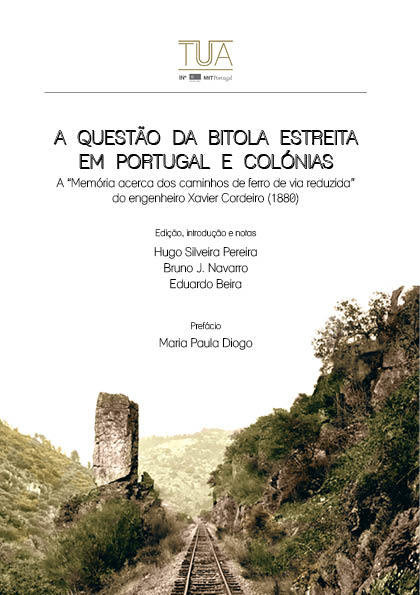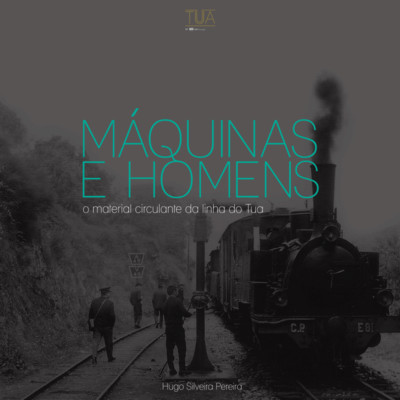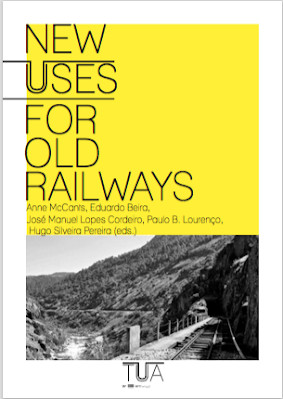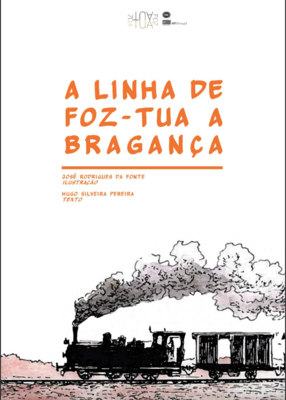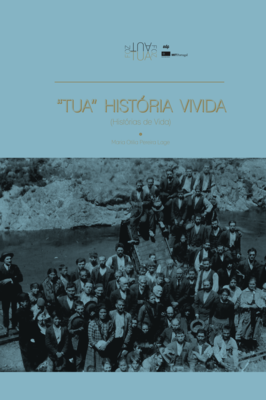A questão da bitola estreita em Portugal e Colónias (E-book)
A questão da bitola estreita em Portugal e Colónias (E-book)
Printed version available here
About the book:
The main objective of national railway policy in the second half of the 19th century was to connect the country (namely Lisbon and its port) to Europe. Since Spain had adopted the wide gauge (1.67 meters between the inner faces of the rails), Portugal was forced to adopt this measure as well, although in France the 1.44 meter gauge was generalized. for extraordinary circumstances and territories where their construction would be easier. However, some regions were not flat or in the path of cross-border railways. The solution for these areas could be the use of narrow gauge, which could better adapt to rough terrain and limited budgets. The same rationale is present in the planning of railway networks in the Portuguese colonies.This book analyzes how narrow gauge was introduced in Portugal and how it was seen as a technological solution to the problem of bringing accelerated transport to the most rugged regions of the kingdom and to the overseas. We will see the practical and theoretical contribution of national engineers, especially engineer Cândido Celestino Xavier Cordeiro, to this issue; to what extent it had the support of the central power; what was proposed and what was effectively carried out; and what an example the Portuguese of other countries had.
